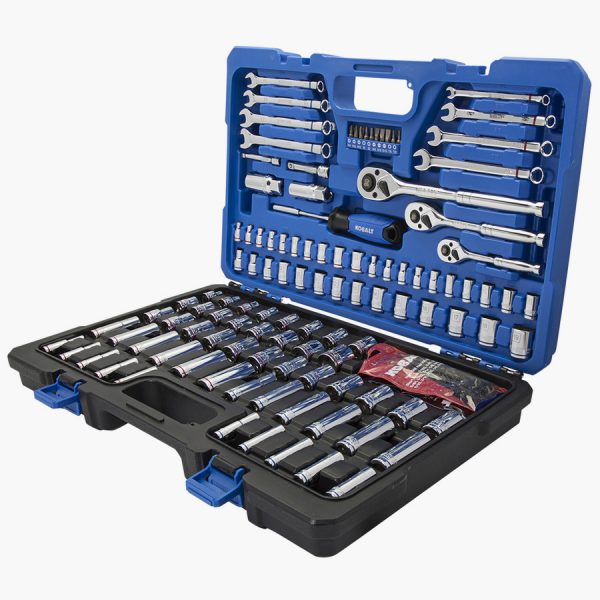

Most defraggers work based on ageing principles, ordering file fragments spread out across your storage drive so that the mechanical disk doesn’t have to jump around so much to access the information it needs quickly, which was fine back in the 90’s when software was built up of single, large. Special credit should be given to the new Program Accelerator feature which tidies up a previously unknown area of PC slowdown. The defragging element was particularly good our test Vista desktop machine felt noticeably zippier afterwards, with windows and applications firing up far more responsively. It was a comprehensive check, and System Mechanic happily dealt with all the problems in turn.

The program had found a whopping 162,394 misaligned files (250GB worth), 11 repairable security flaws, numerous hard drive errors, 288 registry issues, 1.72 GB of unnecessary system clutter and 5 time-wasting start-up programs. Our tired old system got given the works, and was awarded a “Critical Health” status. System Mechanic gets to work immediately after installation, offering a 2-minute quick system analysis, or a roughly-7-minute deep check. You’ll never be left in the dark as to why System Mechanic 10 is suggesting certain tune-ups, which is great news for those new to the game. Most of these tools are self-explanatory, but System Mechanic rightly assumes no prior knowledge of system maintenance, instead throwing up a little blurb for each function. These are further broken down into additional tools controlled in the main pane, including Optimize Windows Startup, MemoryMechanic, NetBooster, Registr圜ompactor, DriveAccelerator, SecurityOptimizer, Registry Backup, System Guard, PC Cleanup, and the ominous-sounding Incinerator. Instead you have a left pane that has drop down menus for the program’s Dashboard, ActiveCare systems (which can be set to run independently in the background to optimise performance), internet security features, toolbox list and reports log. It’s still a clean, red, white and blue interface that doesn’t bog the user down with multiple menu levels.

The look of System Mechanic 10 hasn’t changed much from previous versions of the software. In an age where many homes house numerous computers, it’s good to see iolo moving away from the de rigueur three machine limit.

It’s a fair bit more than “free”, as you’d enjoy if you’re prepared to find alternatives offered without charge, but it’s more than reasonable considering the license is good for unlimited installations with the Whole Home offer. Though it has a free trial period, to continue using System Mechanic 10 and its full list of features beyond the preview installation, you’re going to have to purchase a license, priced at $39.99 (£25).


 0 kommentar(er)
0 kommentar(er)
